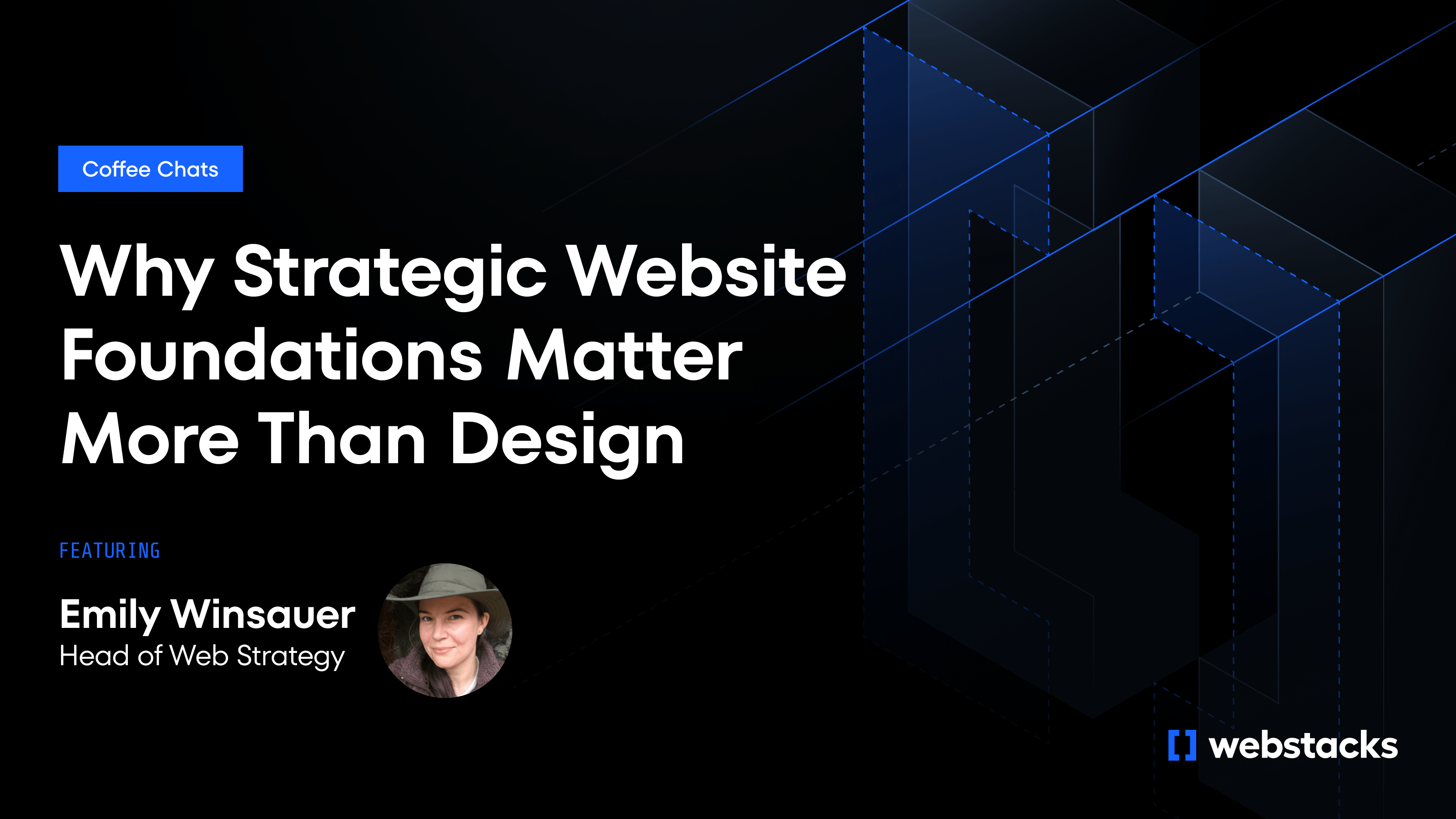The tools your team uses directly shape how fast and how well you ship. When design and engineering share a connected toolset, collaboration becomes more focused, handoffs get cleaner, and problems surface earlier, before they slow things down.
This list covers the tools that top-performing web teams rely on to speed up production, reduce rework, and maintain consistency across design and code. Each one supports a specific part of the workflow where clarity and speed have the biggest impact.

1. Figma — Real-Time Design Collaboration
Figma is the standard design platform for cross-functional web teams working in fast-paced, iterative environments. It centralizes every screen, component, and prototype in one shared workspace, keeping the entire team aligned throughout the design process.
Why it works:
- Real-time collaboration lets designers, marketers, and developers work together live—no more static PDFs or versioning issues.
- Interactive prototyping turns mockups into clickable demos that can be tested in the same meeting they’re reviewed.
- Dev Mode allows developers to click any element to grab specs or CSS snippets, speeding up implementation and reducing back-and-forth.
- Structured design systems in Figma help enforce consistency and reduce development time—some teams report cutting product build cycles by up to 50%.
- Live file reviews enable faster sign-off, reducing delays and last-minute revisions.
Considerations: Figma’s browser-based setup limits offline access, which may be a drawback for some teams. For most web teams working in connected environments, the ability to centralize design, feedback, and hand-off in one place significantly improves speed and reduces friction across the build process.
2. Storybook — Component Library & Visual Regression Testing
Storybook gives development teams a structured environment to build, test, and document UI components in isolation. It’s especially useful for projects built on component-based frameworks like React or Vue, where consistency across screens is easy to lose without a centralized system.
Why teams use it:
- Components render independently in a live canvas, allowing developers to test variations and states without spinning up the full app.
- Product managers and designers can view live components, toggle props, and provide feedback without opening an IDE.
- Shared visibility reduces Slack threads, shortens review cycles, and helps non-engineers give feedback earlier in the process.
Key capabilities:
- Visual regression testing compares new component versions to baseline snapshots to catch unintended changes.
- Accessibility add-ons automatically flag issues like low contrast or missing labels during development.
- Performance monitoring through custom integrations helps teams track bundle size and optimize load time as components evolve.
Storybook functions as a component library, a live documentation hub, and a testing layer. Teams that adopt it early in the design system process avoid duplicated effort, catch regressions faster, and maintain UI quality as the codebase grows.
3. GitHub + GitHub Actions — Version Control & CI/CD
GitHub serves as the foundation for modern web development workflows, combining version control, collaboration, and continuous integration in one place. It supports everything from solo side projects to enterprise-grade infrastructure.
Core features for web teams:
- Repositories include built-in issue tracking, project boards, and pull-request reviews, making it easy for developers, designers, and marketers to collaborate in context.
- Comments, code suggestions, and file change previews keep feedback focused and reduce context switching.
- GitHub Copilot supports development with AI-driven code suggestions, helping speed up repetitive tasks.
Why GitHub Actions matters:
- Automates CI/CD workflows directly inside the repo.
- Typical use cases include:
- Running ESLint or TypeScript checks on pull requests
- Executing Lighthouse audits to monitor Core Web Vitals
- Deploying Storybook builds to preview environments for early stakeholder feedback
- Each workflow posts a status check, blocking merges until the code passes validation.
Additional benefits:
- Branch protection rules and required reviews help enforce consistent code quality.
- Secret scanning and automated permissions reduce security risks without manual effort.
- Paid tiers unlock enterprise features like SAML SSO, larger runners, and granular permissions, but most teams can get started on the free plan.
With GitHub and GitHub Actions, teams get fast, automated testing and deployment with minimal setup. Everything runs inside the platform your developers already use—no context switching, no extra tools to maintain.

4. Vercel — Edge Deployment Built for the Headless Era
Vercel is built for teams working with headless CMS platforms like Contentful, Storyblok, or Sanity. It automates deployment and performance optimization for frontend frameworks such as Next.js, giving teams a reliable way to ship quickly and scale without infrastructure overhead.
Deployment workflow:
- Every commit triggers a build and deploys to a global edge network.
- Pages load from the nearest location to the visitor, improving speed and reducing latency.
- Edge and serverless functions scale automatically during traffic spikes, without requiring manual provisioning.
Performance and feedback loops:
- The dashboard tracks Core Web Vitals like LCP (Largest Contentful Paint) for every deployment.
- Performance regressions are flagged in real time, helping developers catch issues that could impact bounce rates or conversion.
- Even small speed improvements often lead to noticeable gains in engagement, especially on marketing-driven pages.
Collaboration features:
- Preview URLs generate automatically for each pull request, making it easy for stakeholders to review changes without delays.
- One-click rollbacks restore the previous version instantly if something breaks in production.
Why it fits modern stacks:
- Vercel is tightly integrated with React and Next.js, including support for image optimization, API routes, and incremental static regeneration out of the box.
- Teams already working in React environments will spend less time configuring and more time shipping.
For web teams delivering content-heavy, component-based sites, Vercel simplifies deploys, improves performance visibility, and supports faster iteration without added complexity.
5. SpeedCurve — Continuous Performance & UX Monitoring
SpeedCurve helps teams monitor how design and development decisions affect real-world performance. It connects Core Web Vitals, visual load progress, and conversion impact in a single view, so both engineering and marketing can track what matters as changes go live.
What it tracks:
- Core Web Vitals (LCP, CLS, FID) across real user sessions and synthetic tests
- Visual load progression with filmstrip views that highlight perceived performance
- Changes in speed and engagement tied to deployments, campaign assets, or CMS updates
Why it matters:
- Page speed affects bounce rate, SEO visibility, and conversion. SpeedCurve shows how those metrics trend over time, without waiting for a quarterly audit.
- Developers can pinpoint when and where slowdowns begin, based on specific commits or content changes.
- Marketing teams gain visibility into how UX changes impact engagement, helping inform future creative or messaging decisions.
Key features:
- Alerts for performance regressions tied to deploys
- Side-by-side comparisons of before-and-after page loads
- Shared dashboards that provide context for technical and non-technical stakeholders
SpeedCurve integrates well with modern builds that already emphasize speed, such as Jamstack and headless CMS architectures. It shifts performance work from occasional fire drills to an ongoing, visible part of the development process.
Where Webstacks Comes In
Getting licenses for Figma, Storybook, GitHub, Vercel, and SpeedCurve is just the starting line. You still need a partner who can stitch them into a single, ROI-positive workflow. That's where Webstacks steps in. Our team builds on a headless, composable foundation. Every tool slots neatly into your stack, no matter which CMS, framework, or marketing platform you already use.
And if you're planning a complex website migration, we handle the heavy lifting so performance doesn't dip post-launch. Whether you're rolling out a new B2B SaaS site or refactoring an enterprise knowledge base, Webstacks handles the implementation. We train your team and stay on for ongoing optimization.
Ready to turn a best-in-class toolset into measurable business results? Let's talk.




